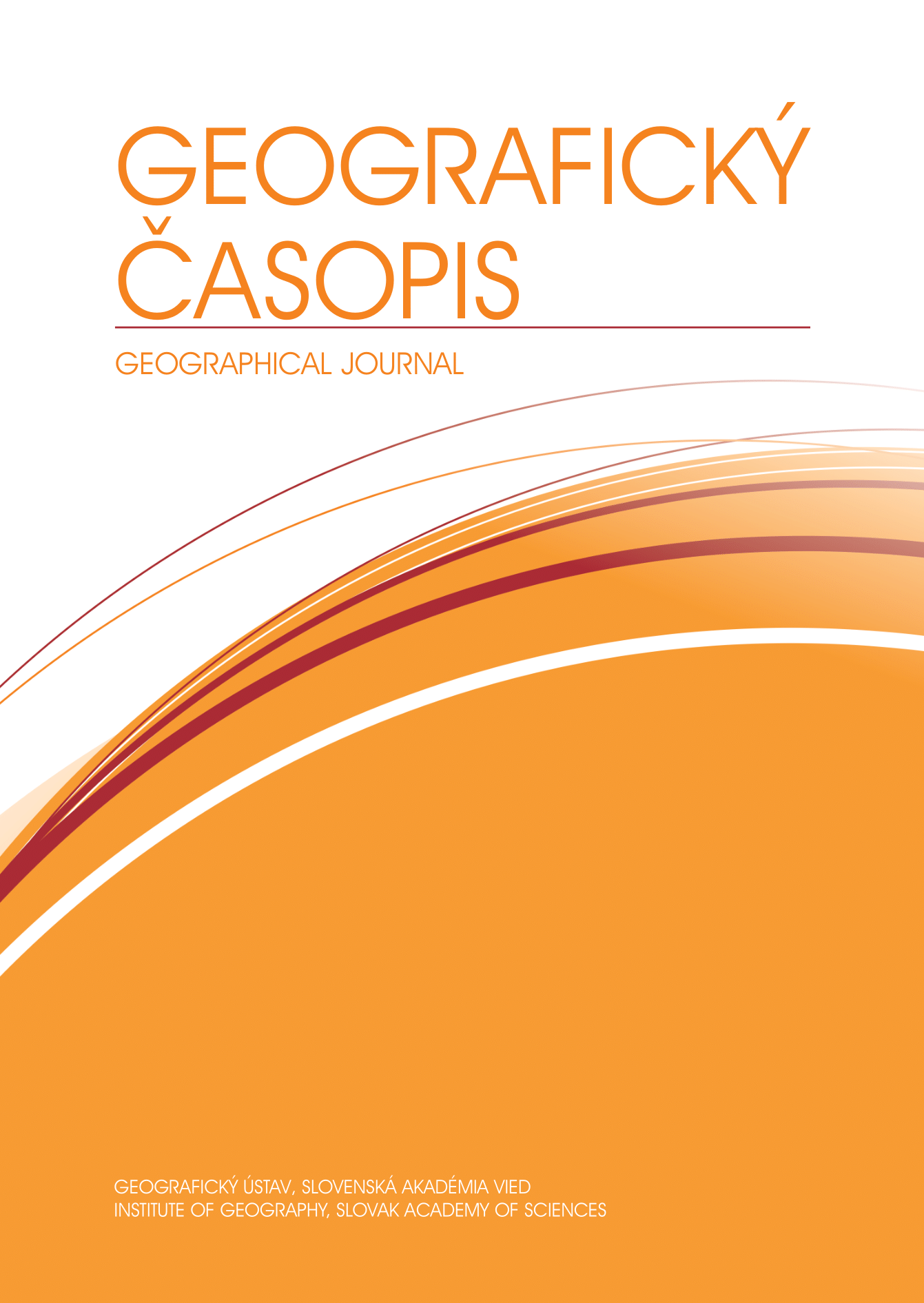Identification of mudflow-prone areas in the Shakhimardan tourist and recreation zone using multi-criteria analysis and GIS
Identifikácia oblastí ohrozených bahennými tokmi v turistickej a rekreačnej zóne Šachimardan pomocou multikriteriálnej analýzy a GIS
DOI:
https://doi.org/10.31577/geogrcas.2024.76.3.19Keywords:
tourism, mudflow, mudflow risk, Geographic Information System, Multi-Criteria Decision Making, Analytical Hierarchy Process (AHP), Shakhimardan, UzbekistanAbstract
Mudflow poses a significant threat to infrastructure, economy, and social stability globally, with particular susceptibility in regions such as Uzbekistan. Shakhimardon, situated in the eastern part of Uzbekistan, stands out as one of the most vulnerable to mudflow risks. Despite the critical importance of identifying and mapping mudflow-prone zones for the safety of residents and tourists, there is a notable gap in research, especially concerning tourist zones in Uzbekistan's mountainous regions. This study aims to address this gap by utilizing a combination of Geographic Information System (GIS) and the Analytical Hierarchy Process (AHP) within a multi-criteria decision-making framework to identify and map mudflow risk areas in Shakhimardon. Various mudflow control factors were considered in the analysis, elevation, slope, average annual rainfall, normalized vegetation difference index, aspect, curvature, soil type, and flow accumulation. The integration of these factors allows for a comprehensive assessment of the potential risk areas. The application of GIS provides a spatial context for these factors, enabling a detailed and accurate mapping of mudflow-prone regions.
Downloads
Published
Issue
Section
License
Copyright (c) 2024 Geografický časopis / Geographical Journal

This work is licensed under a Creative Commons Attribution-NonCommercial 4.0 International License.
The authors accept and agree to respect the terms and conditions of this public license. Published articles or their parts may be reused, provided that the names of the authors are mentioned and will serve only for non-commercial purposes.

